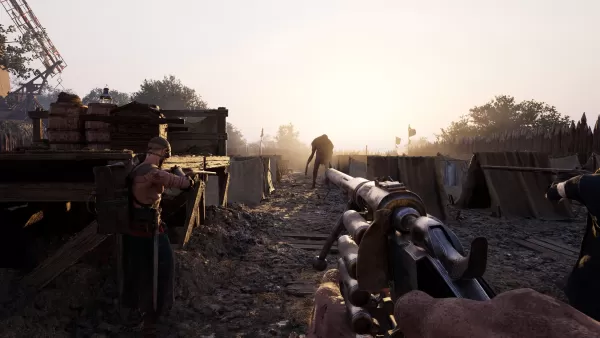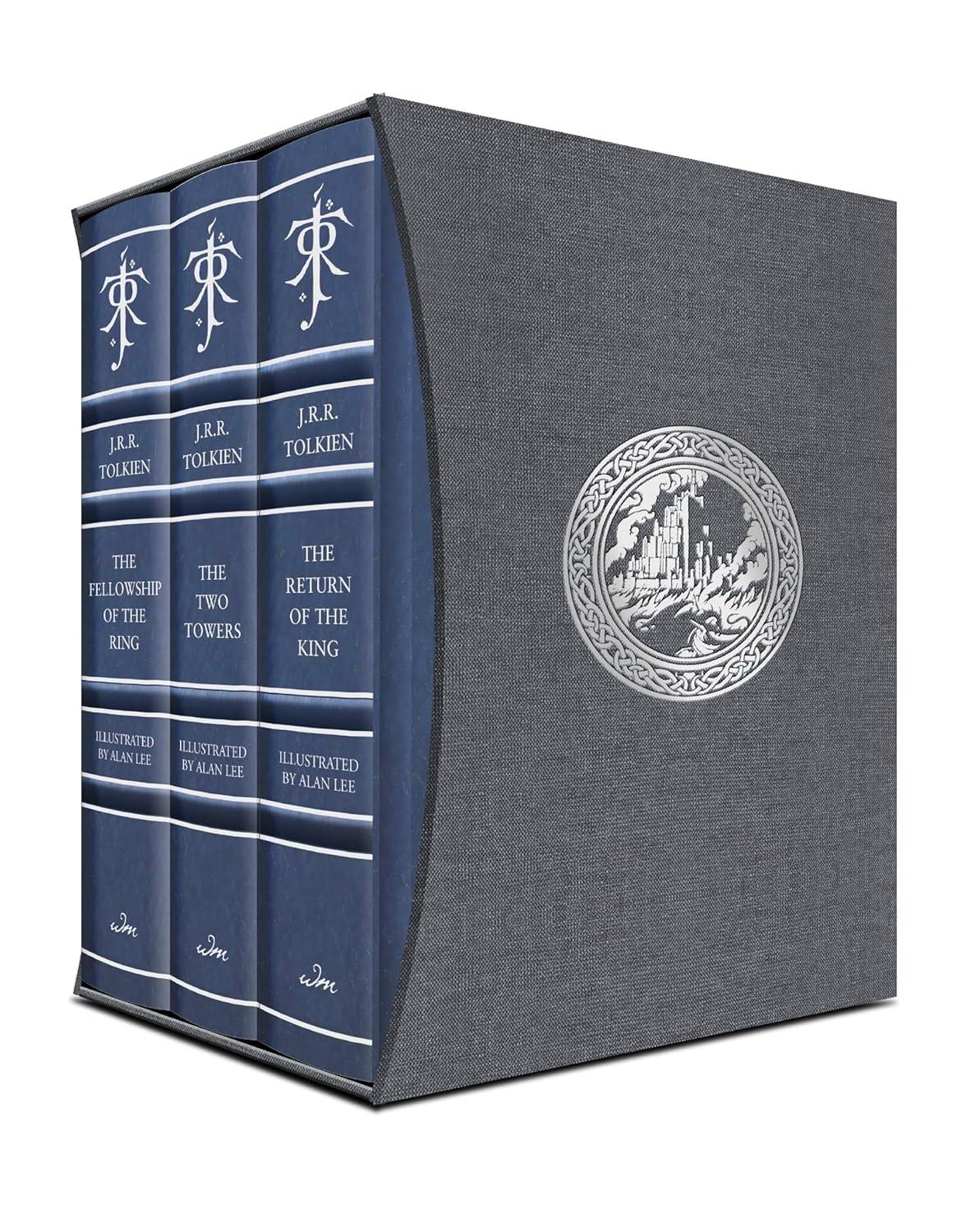Civilization 7's Hidden Fourth Age: Datamining Reveals "Atomic Age" and Firaxis Teases Future Expansion
Civilization 7's current campaign spans three Ages: Antiquity, Exploration, and Modern, each concluding with a simultaneous Age Transition for all players. This transition involves selecting a new civilization, choosing which Legacies to retain, and witnessing a world-altering evolution. This innovative system is unprecedented in the Civilization series.
The Modern Age, as currently implemented, concludes before the Cold War, ending with World War II. Lead designer Ed Beach, in an IGN interview, explained Firaxis's decision, highlighting the historical shifts that define each Age's boundaries. The end of Antiquity (300-500 CE) marked the decline of major empires globally. The transition to the Modern Age reflected the impact of revolutions in Europe and the rise of new nations. World War II served as a pivotal point, justifying a new Age due to significant shifts in warfare and diplomacy. The Cold War, with its distinct characteristics, was deliberately excluded.
Intriguingly, dataminers have uncovered evidence suggesting a fourth, unannounced Age: the Atomic Age. Redditor ManByTheRiver11 discovered references to new leaders, civilizations, and the Atomic Age itself within the game's code. This aligns perfectly with the game's current ending point and hints dropped by executive producer Dennis Shirk, who, while not confirming the Atomic Age directly, emphasized the potential for future expansion based on the Age system's flexibility.
While Firaxis addresses player concerns and negative reviews on Steam, the possibility of an Atomic Age expansion, potentially featuring space exploration and modern-day units, remains a compelling prospect for Civilization 7 players. The developer's focus on historically accurate gameplay mechanics within each Age ensures any future additions will be both engaging and historically grounded.








